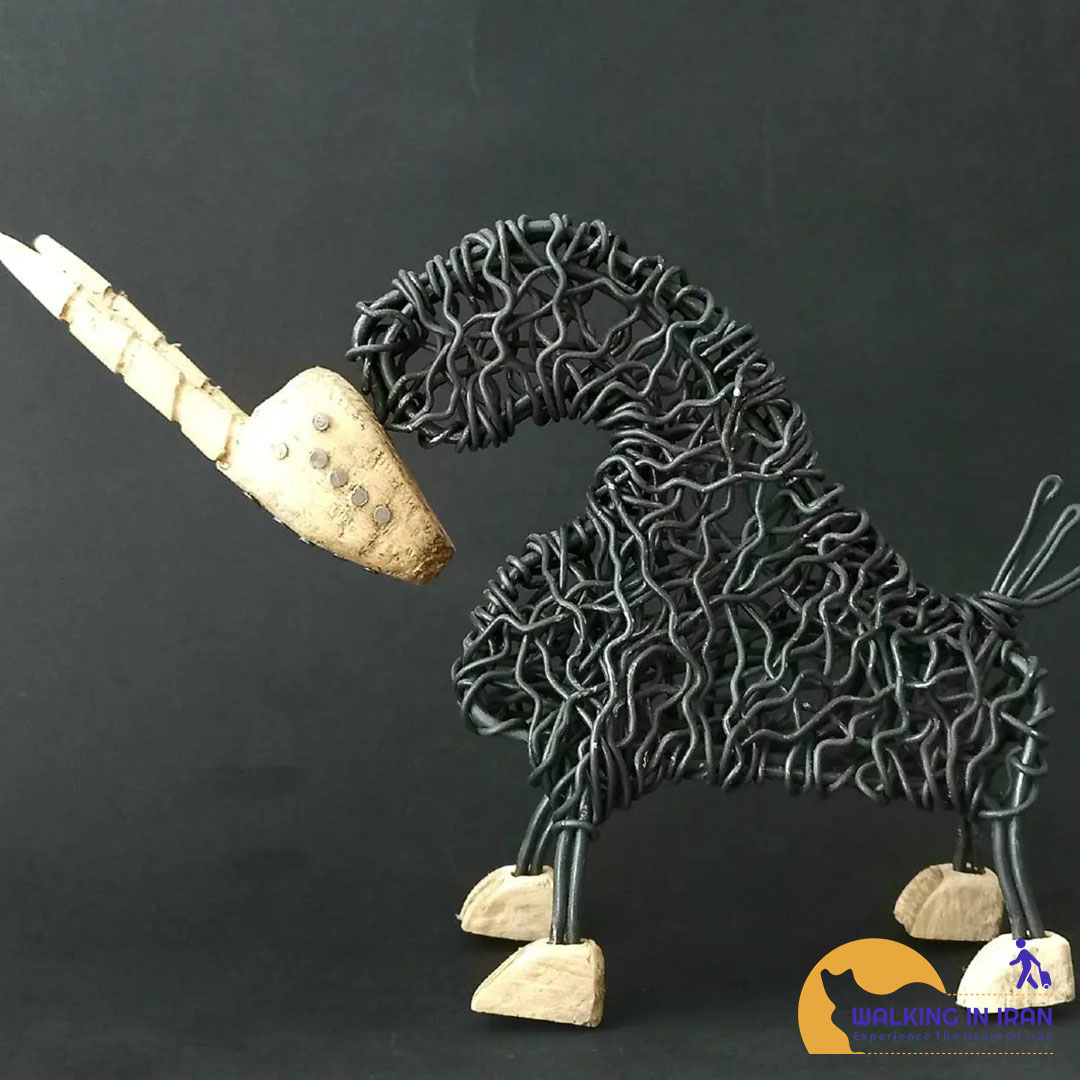The Art of Zamoudgari in Iran: The Shining Gem of Traditional Arts
Zamoudgari is one of the delicate and precious Iranian arts that is used in making ornaments and decorative objects. Zamudkaran with unique taste make precious and semi-precious metals into different shapes and combine them with precious and semi-precious stones.
Historical roots of Zamoudgari in Iran
- Ancient Civilizations: Archaeological evidence shows that civilization existed in Iran since ancient times. The ornaments that have been discovered in ancient graves indicate the high skill of Iranian jewelers in the past.
- Islamic period: In the Islamic period, Zamudgari reached its peak of prosperity. Zamudkaran worked in making ornaments for kings, courtiers and common people.
- Safavid period: In the Safavid period, zamoudgari was known as one of the important handicrafts and zamoud artists were engaged in making ornaments with complex and delicate designs.
Features of the art of Zumudgari - Raw materials: Jewelers use metals such as gold, silver, copper, brass and precious and semi-precious stones such as diamonds, rubies, emeralds, turquoise and agate.
- Tools: The main tools of Zamudgari include scissors, pliers, hammers, files and metal melting devices.
- Work process: Zamoudgari includes various stages such as design, cutting, shaping, welding, polishing and decoration.
- Products: Zamoudari products are very diverse and include rings, necklaces, bracelets, earrings, brooches, buttons and decorative items.
Zamoudgari in Iran today - Current situation: Despite the social and economic changes, the art of zamoudgari is still popular in Iran.


